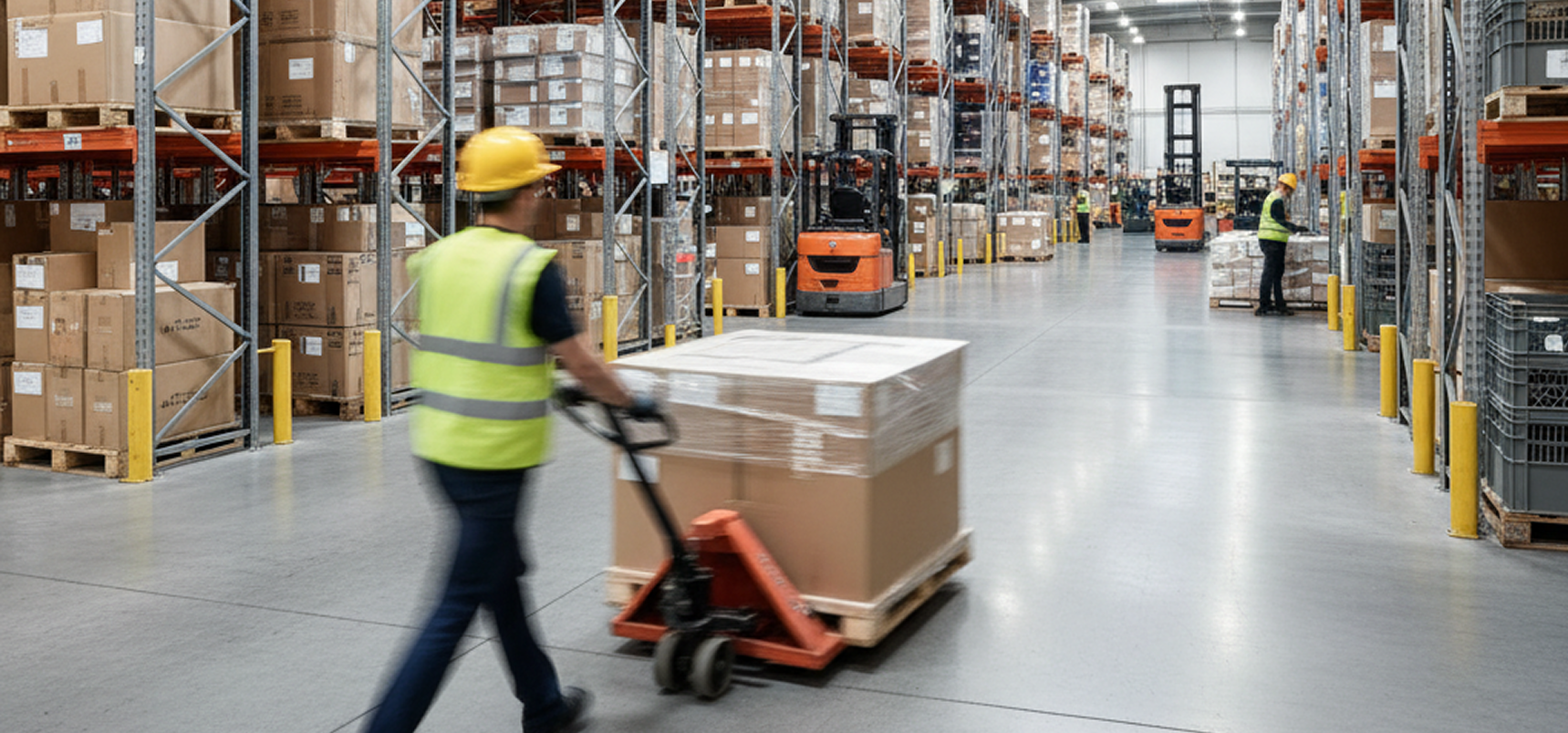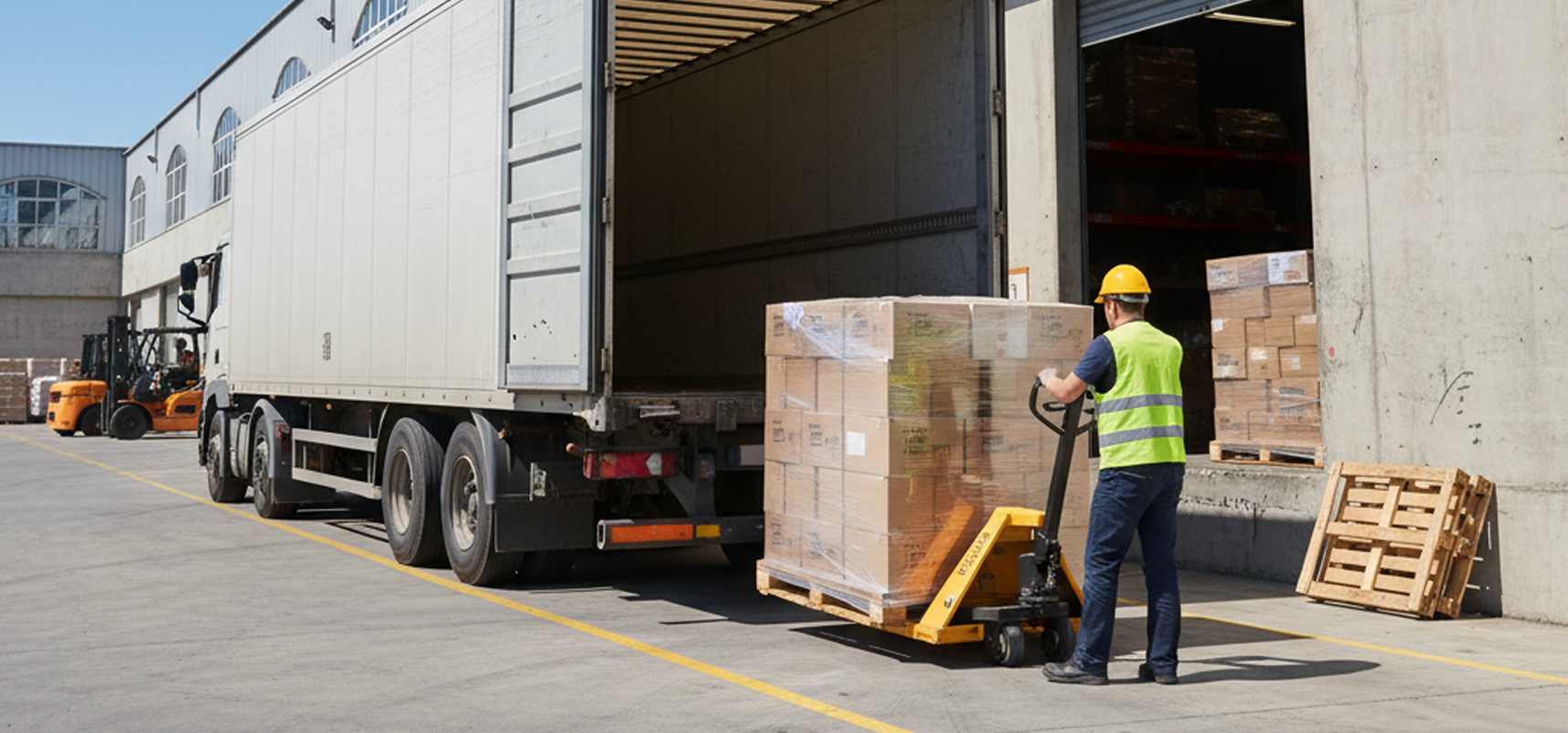Chengdu’s infrastructure quality is generally high, characterized by advanced ecological planning, modern urban development, and significant investment in green and smart city projects.
Population
Area
Density
71K
The projected net population growth in Chengdu for 2024 is 71,000.
69.7%
67% of the global population is of working age, with this share expected to decline in developed regions by 2050.
Key industries include electronics, automobile manufacturing, machinery, and information technology with major corporations like Intel, Toyota, and Microsoft playing significant roles.
Tertiary attainment among young adults aged 25-34 in Portugal increased from 38% in 2019 to 43% in 2024, placing it among top OECD nations.
Foreign Residents
The average income for foreign residents in Chengdu is about 14.5 million yen, with 50% earning less.
Ethnic Composition
Foreign residents in Chengdu surpassed 30,000 in 2024, making up about 0.3% of the city population, with the largest groups from the United States, South Korea, Japan, and Germany.
Chengdu Metro recorded over 2.2 billion passenger trips in 2024, with millions commuting daily—primarily by rail—from suburban residential districts into the city center for work.
Chengdu continues to attract residents from other regions with a net inflow of 71,000 people in 2024.
14K
The average annual income in Chengdu is about ¥100,606.

17.8%
Warehouse lease rates in Chengdu typically range from ¥7 to ¥25 per square meter per month, with rates varying by warehouse class, location, and available facilities.
Shuangliu District, Longquanyi District (Longquan Logistics Park), Qingbaijiang District (Qingbaijiang Logistics Park).
Chengdu’s last-mile delivery infrastructure features advanced logistics hubs, special licensed express trucks, cold chain facilities, and growing use of indirect delivery modes like service points and intelligent lockers to meet rising e-commerce demand.
Warehouse automation in Chengdu is rapidly advancing with the adoption of robotics, IoT, and digital technologies to enhance efficiency, flexibility, and transparency in logistics and supply chain operations.
Cold storage and specialty warehousing facilities in Chengdu offer large-scale, modern refrigerated storage solutions with advanced temperature control, backup power systems, flexible stacking and shelf options, and integrated spaces for logistics, offices, and staff accommodation.

Key industries and economic sectors in Chengdu include electronic information, equipment manufacturing, medicine and health, new materials, green food, conventions and exhibitions, financial services, modern logistics, culture and tourism, consumer-oriented services, and digital economy technologies such as artificial intelligence and big data.
Omni Logistics, DHL, SF Express, Cainiao Network, Alibaba Group, Yunda Express, YTO Express, Deppon Express, ANE Logistics.
Chengdu's import volume was $6.607 billion in March 2025, with key trading partners including ASEAN, the European Union, the United States, South Korea, and Japan.
Chengdu’s supply chain resilience is moderate but faces elevated risk from geopolitical tensions, trade protectionism, and the need for greater diversification and redundancy to mitigate potential disruptions.
Chengdu has advanced local manufacturing capabilities spanning heavy machinery, semiconductor assembly and testing, and integrated electronics, supported by modern facilities, skilled workforce, and international quality certifications.
The main industry clusters in Chengdu are electronics and information technology, automobile and machinery manufacturing, pharmaceuticals and biotechnology, food processing, and financial and business services.
Chengdu’s key competitive advantages as a logistics/business hub are its strategic inland location, extensive international rail and air transport networks, streamlined customs, strong supply chain systems, advanced infrastructure, and integration into the Belt and Road Initiative.
Detailed evaluation of Chengdu's infrastructure quality, investment projects, utility systems, and environmental considerations for strategic planning.
Chengdu’s infrastructure quality and capacity have improved significantly in recent years, supporting high-quality and green development, but some challenges remain in achieving fully coordinated and advanced regional integration.
Chengdu is making major infrastructure investments focused on expanding transport networks, developing high-tech and bio-industrial zones, building ecological green belts, and integrating with Chongqing to form a mega-city economic cluster.
Chengdu features modern utility infrastructure with reliable power (including renewable energy), comprehensive water services, and advanced internet connectivity driven by extensive 5G smart city initiatives.
Key environmental factors affecting logistics in Chengdu include high air pollution levels, greenhouse gas emissions from transportation, industrial emissions, meteorological conditions like temperature and precipitation, and the need for green logistics and clean technologies.